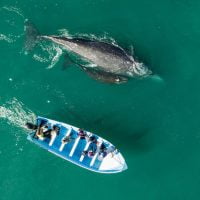 “Think of the whales traveling around the globe, sharing love through their healing, vibrational song. Their unique notes send balance and harmony to every corner of the planet” writes Rebecca Campbell in Starseed Oracle.
“Think of the whales traveling around the globe, sharing love through their healing, vibrational song. Their unique notes send balance and harmony to every corner of the planet” writes Rebecca Campbell in Starseed Oracle.
A 10,000 – 12,000-mile annual migration from the frigid waters of the Chukchi and Bering Seas to the warm lagoons of the peninsula of Baja California, Mexico! The gray whale’s journey is extraordinary, really, and to think the mamas among the pods are doing it 12-13 months pregnant with a baby calf in the belly (one that will be born up to 16 feet long and 2,000 pounds)! Whoa!?!? That said, the gray whale has the right idea, in my opinion. Winter in Baja is worth every nautical mile for these sweet-tempered cetaceans. The warm bays along the Pacific Coast of Baja provide protection for breeding and birthing those big babies, and ample feeding opportunity for the whales. The gray whale is a baleen whale and tends to bottom feed, sucking and filtering the sediment from the sea floor and ultimately fueling themselves with invertebrates like amphipods. These whales are also inclined to stay close to shore, so it is especially clear when they’ve arrived every year – their tell-tale spouts bursting out of the water.
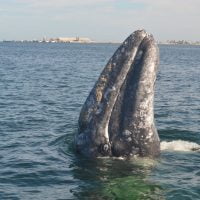 What’s it like to be up close and personal with a mammal weighing up 90,000 pounds at a length of up to 49 feet long? Um… Let’s see…. awesome, astounding, breathtaking, harmonious, intense, peaceful…. wondrous. Honestly, there really aren’t words. Talk about an experience that alerts all your senses. To put it into perspective, the adult whales are larger than our boat, much larger, and with a welcomed curiosity they do not shy away from the boat but rather approach it. Feelings of awe are further intensified once you realize you are positively surrounded by these massive mammals.
What’s it like to be up close and personal with a mammal weighing up 90,000 pounds at a length of up to 49 feet long? Um… Let’s see…. awesome, astounding, breathtaking, harmonious, intense, peaceful…. wondrous. Honestly, there really aren’t words. Talk about an experience that alerts all your senses. To put it into perspective, the adult whales are larger than our boat, much larger, and with a welcomed curiosity they do not shy away from the boat but rather approach it. Feelings of awe are further intensified once you realize you are positively surrounded by these massive mammals.  Joyous squeals and shouts did not cease… “spray at one o’clock, two whales at three o’clock, over here, another one, over there!” We estimated that there were up to 150 individuals just in our little section of the bay! Several were spy hopping – perhaps trying to catch a glimpse of our scraggly bunch, haphazardly hanging over the edge of the boat with phones and cameras dangerously close to being dropped in the water – and others danced in the water upside-down, with their tail flukes twirling around on the surface. Others gracefully passed us by, blessing us with their salty spray. The most wondrous moment came when we were approached by a mom proudly showing off her calf and playing alongside us. They were accompanied by two “aunties” who seemed to enjoy taunting us all as they swam straight at our boat only to dive under it at the very last second. This continued for at least 15 minutes as our skiff bobbed in the middle of the bay. Wow!
Joyous squeals and shouts did not cease… “spray at one o’clock, two whales at three o’clock, over here, another one, over there!” We estimated that there were up to 150 individuals just in our little section of the bay! Several were spy hopping – perhaps trying to catch a glimpse of our scraggly bunch, haphazardly hanging over the edge of the boat with phones and cameras dangerously close to being dropped in the water – and others danced in the water upside-down, with their tail flukes twirling around on the surface. Others gracefully passed us by, blessing us with their salty spray. The most wondrous moment came when we were approached by a mom proudly showing off her calf and playing alongside us. They were accompanied by two “aunties” who seemed to enjoy taunting us all as they swam straight at our boat only to dive under it at the very last second. This continued for at least 15 minutes as our skiff bobbed in the middle of the bay. Wow!
For me, being on the water with the gray whale is at once as thrilling as a troop of chimpanzees screeching down from the treetops above and as peaceful as the overwhelming loveliness of sitting quietly in a hummingbird garden, the sun glinting off the myriad colors on display.
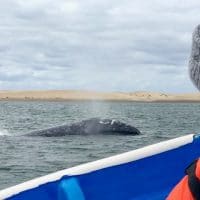 Our precious time with the gray whales is made even more special knowing their history and plight. In the 1800s and early 1900s they were known as devilfish because of the way they would attack the fishing and whaling boats. I would add that they attacked for good reason! Who can blame them? I mean, if I were a mama whale being attacked, you’d better believe I would use my size and insurmountable force to protect my baby. Sadly, due to their affinity for staying closer to shore, especially in Baja’s shallow lagoons, they were a sitting target for whalers. By the mid-1900’s it was said that waters ran red with blood, and the whales were nearly extinct. Fortunately, in 1947 they were protected by the International Whaling Commission and subsequently many of Baja’s lagoons were declared protected refuge zones. By the mid 90’s they were removed from the endangered species list. It seems to me that after what they’ve been through, these whales can teach all of humankind a little something about harmony, compassion, balance and well…going with the flow.
Our precious time with the gray whales is made even more special knowing their history and plight. In the 1800s and early 1900s they were known as devilfish because of the way they would attack the fishing and whaling boats. I would add that they attacked for good reason! Who can blame them? I mean, if I were a mama whale being attacked, you’d better believe I would use my size and insurmountable force to protect my baby. Sadly, due to their affinity for staying closer to shore, especially in Baja’s shallow lagoons, they were a sitting target for whalers. By the mid-1900’s it was said that waters ran red with blood, and the whales were nearly extinct. Fortunately, in 1947 they were protected by the International Whaling Commission and subsequently many of Baja’s lagoons were declared protected refuge zones. By the mid 90’s they were removed from the endangered species list. It seems to me that after what they’ve been through, these whales can teach all of humankind a little something about harmony, compassion, balance and well…going with the flow.
 The nuts and bolts: If you’d like to include the gray whale experience on your next trip to Baja California Sur, just reach out to Bryan and Sergio at Todos Santos Eco Adventures (TOSEA). The best time of year is February into early March. Plan at least two days and one night to include two whale watching experiences. There are a few locations from which to embark on a whale watching tour. From Todos Santos, we drove 4.5 hours, crisscrossing the peninsula to Puerto Lopez Mateos tucked into the north of Magdalena Bay. Other than the 6 weeks of the year that they play host to these magnificent mammals, this sleepy little village supports the fishing industry. This guarantees two things: excellent fish tacos and an authentic and warm welcome.
The nuts and bolts: If you’d like to include the gray whale experience on your next trip to Baja California Sur, just reach out to Bryan and Sergio at Todos Santos Eco Adventures (TOSEA). The best time of year is February into early March. Plan at least two days and one night to include two whale watching experiences. There are a few locations from which to embark on a whale watching tour. From Todos Santos, we drove 4.5 hours, crisscrossing the peninsula to Puerto Lopez Mateos tucked into the north of Magdalena Bay. Other than the 6 weeks of the year that they play host to these magnificent mammals, this sleepy little village supports the fishing industry. This guarantees two things: excellent fish tacos and an authentic and warm welcome.
TOSEA work with the Aquendi Fishing Cooperative. They’ve had a partnership for years and the boat captains are experienced and kind. Once outfitted with our lifejackets (which are kept in tip-top shape I might add), we set off. Boats can carry up to 10-12 passengers, but you may also pay for a private experience. You may opt for 1, 2 or 3-hour whale watching trips. Three is recommended as you’d rather have too much time than not enough. I should add that the bay is beautiful, buffered by sand dunes and mangrove. Accommodations are basic but do the trick! Depending on the logistics of your itinerary (perhaps you are adding Camp Cecil de la Isla, Camp Cecil de la Sierra, or Los Colibris Casitas), you may be traveling to and from La Paz which would only be a 3.5-hour drive. Any way you slice it – just do it! If you travel to this area during gray whale season and don’t include this experience you are really missing out.
One last note: We’ve been staying at the lovely Los Colibris Casitas in Todos Santos and have been fortunate enough to see both the humpback whales breaching further out and the gray whales playing in the surf a stone’s throw from the beach. The views to the ocean from Los Colibris on La Poza hill are expansive and the beach is just a few minutes’ walk away. Watching the sunset night after night with the whales playing in the water in front of us has been beyond special! Actually during our extended stay in Baja, all of our experiences, big and small, have been distinctly brilliant.


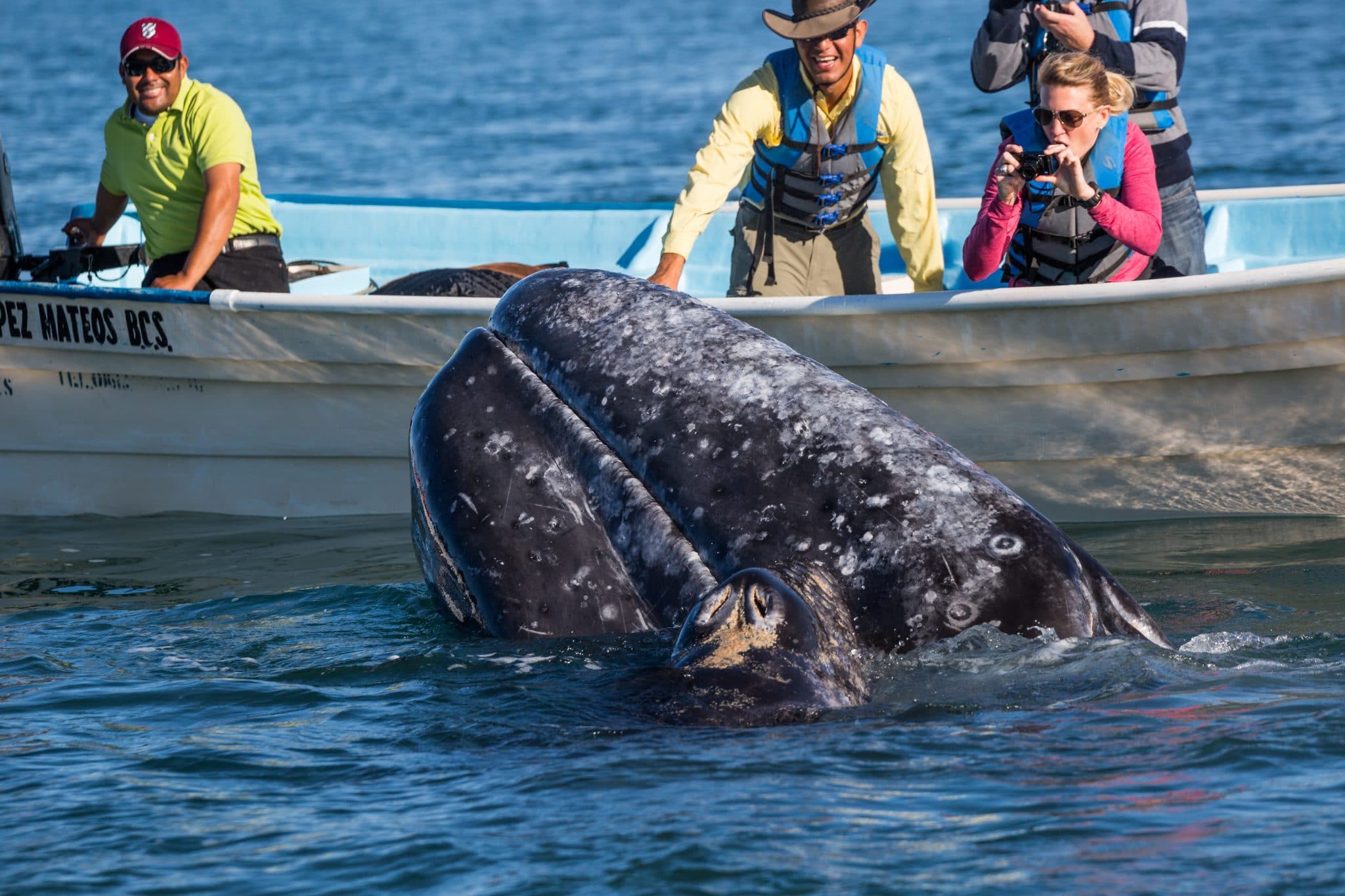
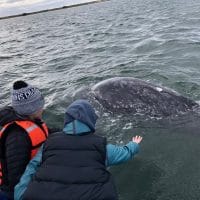
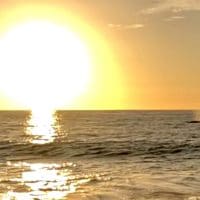
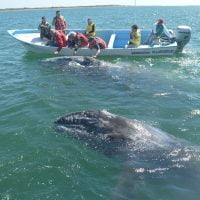
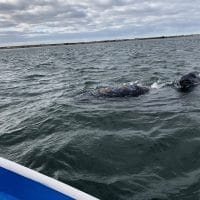
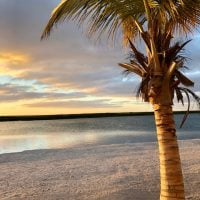
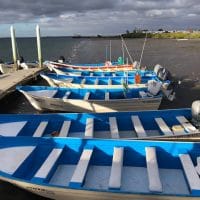

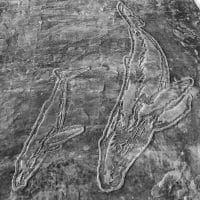
Leave A Comment
You must be logged in to post a comment.